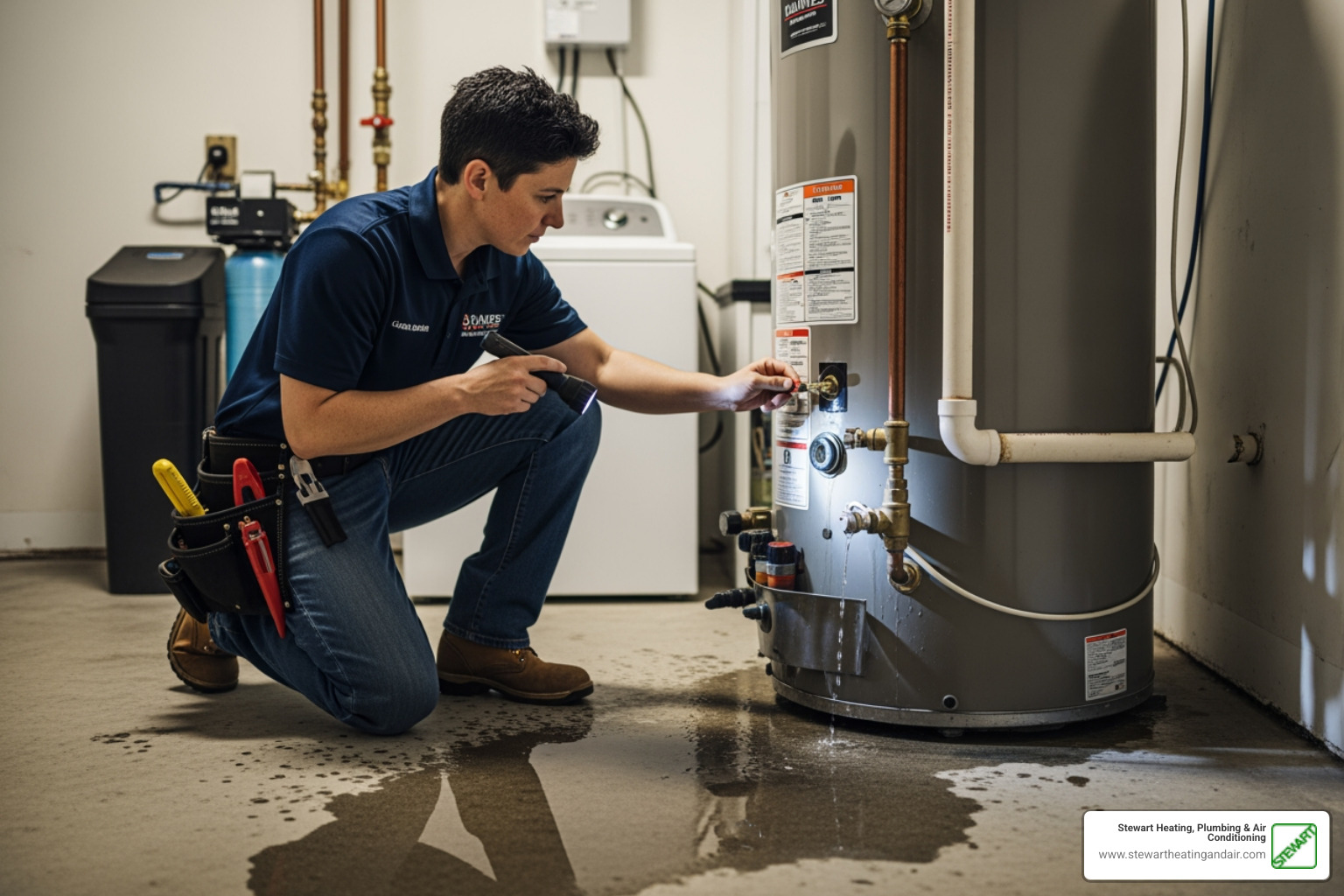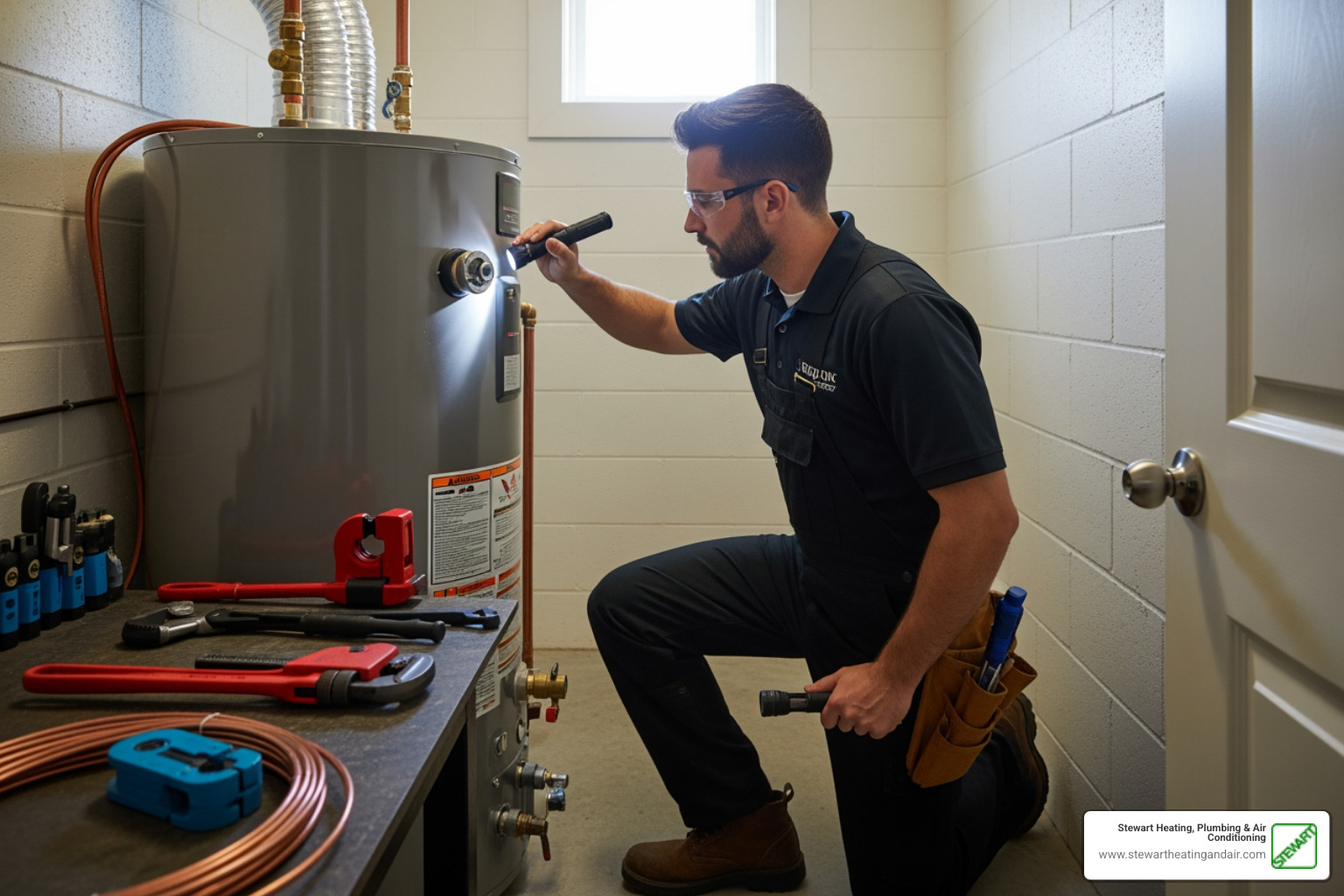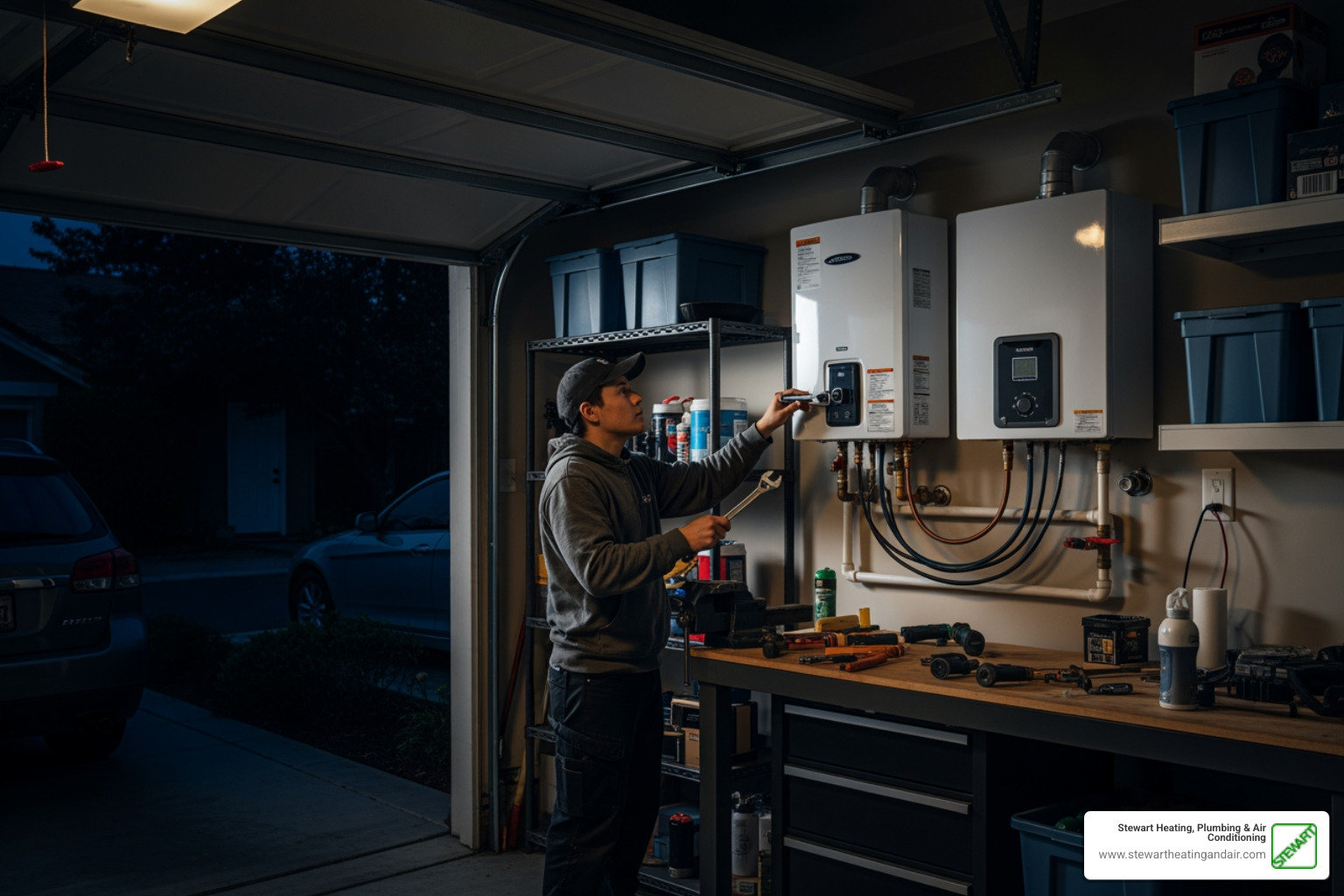
Installing a new AC system is a big step for any homeowner, but getting the job done right goes beyond picking the right unit. One of the most overlooked factors is where exactly the system should go. Placement impacts how well the unit cools your house, how much energy it uses, and how long it lasts. In a place like Pleasant Hill, where summers tend to get hot, smart placement decisions make a noticeable difference in home comfort.
If an AC unit is installed in a bad spot, homeowners might notice uneven cooling or hear the system cycling on and off too often. These patterns often suggest that the system is working harder than necessary to do its job. Whether you’re replacing an older unit or installing one for the first time, how and where the system is placed has long-term effects on performance and comfort.
Understanding Room Types
Every home setup is different, but there are rooms that benefit more from AC installation than others. When planning a new system, it’s important to focus on rooms where people spend the most time during warmer months. These spaces are not only used more often, but they are also where cooling tends to have the largest impact on comfort and daily routines.
The most common areas where families gather, such as the living room or family room, are strong candidates. Cooling these rooms directly helps improve airflow throughout the rest of the home and gives the system a central location to reach multiple areas. These spaces also usually have more open layouts, which helps distribute air without much resistance.
Bedrooms are another major consideration. If evening temperatures in Pleasant Hill stay warm, it’s hard to sleep in a room that doesn’t reach a comfortable level. Given that bedrooms are often tucked in corners or on second floors, they may need targeted cooling. In multi-level homes, upstairs bedrooms usually need more cooling than those on the ground floor due to rising heat.
Kitchens, on the other hand, bring a few challenges. High heat from cooking appliances can make temperature control tougher. Installing an AC unit right above these appliances might result in inconsistent cooling or strain on the unit over time. Kitchens can still be cooled effectively, but ventilation and placement need thoughtful planning.
Here are a few things to consider when deciding which room to prioritize:
- Which rooms are used most often, especially during peak heat hours?
- Are any rooms consistently warmer even with the current system?
- Does your current layout create airflow barriers, like long hallways or closed-off corners?
- Are any rooms prone to heat gain due to large windows or direct sunlight?
Once these factors are clear, it’s easier to choose a location that balances comfort with performance. The right setup keeps temperatures consistent throughout the house while helping the system operate efficiently.
Placement Tips for Maximizing Efficiency
Once you’ve picked the right room, where the AC unit goes inside that room is equally important. Getting this detail wrong affects how well the air circulates and whether certain spots in the house stay too warm. Good placement gives you consistent cooling while helping the unit run without wasting extra energy.
Let’s start with windows. Placing a unit too close to a window that gets direct sunlight can heat the unit and cause it to work harder than necessary. Likewise, mounting or setting an indoor unit against a wall that traps heat across much of the day might also lead to poor system performance.
Use these tips for better indoor unit placement:
- Choose a wall or area that stays shaded during the hottest hours
- Mount or install the unit at a height about halfway between floor and ceiling for better air distribution (if using wall-mounted units)
- Avoid placing the unit where furniture, shelves, or tall items block airflow
Another common issue is airflow interference. Some homeowners unknowingly place large furniture too close to vents or registers. That may look clean, but it interrupts circulation and creates warm spots. Leaving open space around vents and AC units allows air to move as intended.
Using ceiling fans with a well-placed AC unit can also help spread cool air more evenly. In homes with long hallways or narrow walkways, cooling larger rooms first and letting air flow naturally can reduce the AC system’s workload.
Outdoor Unit Considerations
The outdoor unit, or condenser, needs careful placement too. While the indoor part of the system focuses on airflow inside the home, the outdoor unit needs open space to let out heat. If it’s boxed in or surrounded by obstacles, heat builds up and makes the system less efficient or more prone to wear.
Space and ventilation are major factors. Many units are placed along the back or side walls of a home where they’re not in the way. These locations often offer a bit of natural shade that helps. Still, fences, dense bushes, and stored items around the unit can restrict airflow.
To improve outdoor unit performance:
- Keep at least two to three feet of clear space around all sides of the unit
- Avoid storing items or growing tall plants nearby
- Do not place the unit directly under overhangs or in corners that trap heat
It’s also important to check the ground below the unit. A level, solid base, like a concrete pad, prevents vibrations and movement. Avoid placing the unit where water pools after rain. Even a small change in location can prevent water damage in areas that collect moisture easily.
Why Professional Installation Makes a Difference
Even if you’ve identified what seems like the ideal location, correct installation goes far beyond setting the unit in place. Every home differs in layout, insulation, and airflow. What works in one Pleasant Hill home might not work in another.
Our technicians take time to assess your home's layout and cooling needs. They plan for proper airflow, seal all connections securely, and test the system before they finish. This thorough approach helps prevent frequent problems, like leaky connections, loud operation, or spikes in energy use. A rushed or poorly done installation often leaves you with a system that runs longer but does less cooling.
In Pleasant Hill, many homeowners think upgrading to a larger unit will solve AC problems. But when placement is off, a bigger system may only cycle on and off more often, leading to discomfort and noise. A skillfully installed system—matched to your space and placed properly—delivers more balanced cooling and better results in the long run.
Smart Placement Leads to Lasting Comfort
Thoughtful placement choices now help you avoid discomfort and unexpected repair costs later. Taking the time to choose the right indoor and outdoor locations leads to more efficient cooling and more consistent temperatures across your home.
By combining smart room selection with professional installation, you get the most from your AC system. It’s not just about staying cool—it’s about making sure your system works efficiently and lasts longer. Pleasant Hill homeowners who prioritize placement and expert setup experience better comfort, fewer issues, and greater peace of mind each summer.
Stewart Heating Plumbing Air Conditioning understands that a well-placed system makes a big difference in staying cool during Pleasant Hill summers, and our professionals are ready to help with every aspect of ensuring your home gets the best possible cooling. If you are looking for reliable AC installation in Pleasant Hill, you can count on us to guide you through precise planning and professional setup that avoids common pitfalls and maximizes efficiency. For a quick estimate or to book a service visit, please contact us today.







